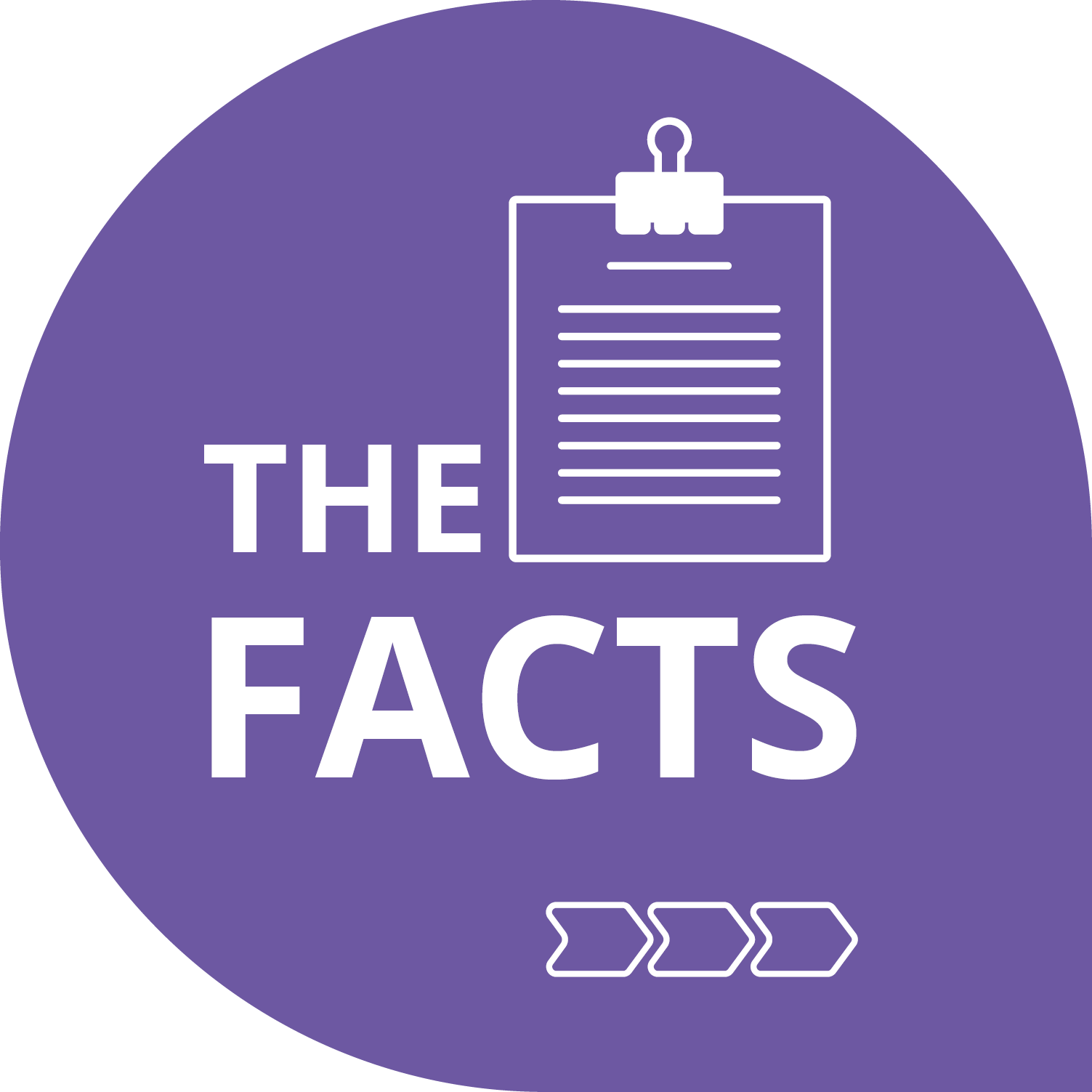
Substance use is growing.
Nationally, overdose deaths increased by almost 50% from 2019 to 2021, during the heart of the pandemic. The death toll in 2021 exceeded 108,000.
Drug overdoses kill more people than cars, guns, and falls combined.
Take action and help save lives:
- Sign the online pledge.
- Take a Narcan training at a community event. Narcan, when used during a drug overdose, can save a life.
- Talk to your legislators about increasing funding for substance use and addiction prevention, education, and treatment programs in Delaware.
1 of 10 Delawareans is dependent on opioids.
4 of 5 new heroin users start out misusing prescription painkillers.
In Delaware, reported overdose deaths involved opioids.
3rd HIGHEST RATE
Health care costs in Delaware for opioid abuse averages $117 per person – the 3rd highest rate per capita,
MORE LIKELY TO USE
21% of Delaware teens are more likely to have use drugs in the past month, compared to the national average
OVERDOSE DEATHS
The rise in opioid deaths among teens increases by 31% annually in Delaware.
MISUSE OF OPIOIDS
Teens who legitimately use prescription opioids are prone to misuse opioids after high school.

PRESCRIPTION
DRUGS
In Delaware, 80% of the 515 reported drug overdose deaths involved fentanyl, a 15% increase since 2020.
In 2018, Delaware providers wrote 60.6 opioid prescriptions for every 100 people, compared with the average U.S. rate of 51.4 prescriptions.
Among youth and young adults ages 15 to 24, the average annual overdose death rate is 12.6 of every 100,000.
Delaware has seen the largest three- year increase of overdose deaths at an annual growth rate of 16%.
Neonatal abstinence syndrome (NAS), or neonatal opioid withdrawal syndrome (NOWS), is a condition that starts at birth after a baby was exposed to drugs.
The rate of NAS and NOWS was 24.3 cases per 1,000 hospital births in Delaware in 2017, the most recent data available.
In 2016, hospital costs for NAS/ NOWS births totaled $572.7 million, after adjusting for inflation.
- Kids are using prescription opioids because they think they aren’t harmful.
- Make sure your kids understand these are potent and dangerous drugs, and could be life-threatening.
- Any unused medications should be disposed of at state prescription drug drop box locations.
- If your care provider is suggesting an opioid as a way to help you manage your pain, discuss the risks of opioids and consider using safer therapies to manage your pain.
- Lock up all medication you are using.
Look for signs of addiction.
There are physical and emotional signs that you can look for when it comes to noticing substance use and addiction in someone you love.
Physical signs include:
- Altered sleep habits
- Small or pinpoint pupils
- Dramatic weight changes
- Frequent nosebleeds
- Frequent colds or illnesses
- Itchy skin or unexplained cuts or scabs
- Leg cramps
- Poor hygiene
Emotional signs include:
- A sense of desperation
- Changes in personality or friends
- School or work performance problems
- Asking for money
- Nodding off or often sleepy
- Paranoia
- Keeping more secrets than usual
